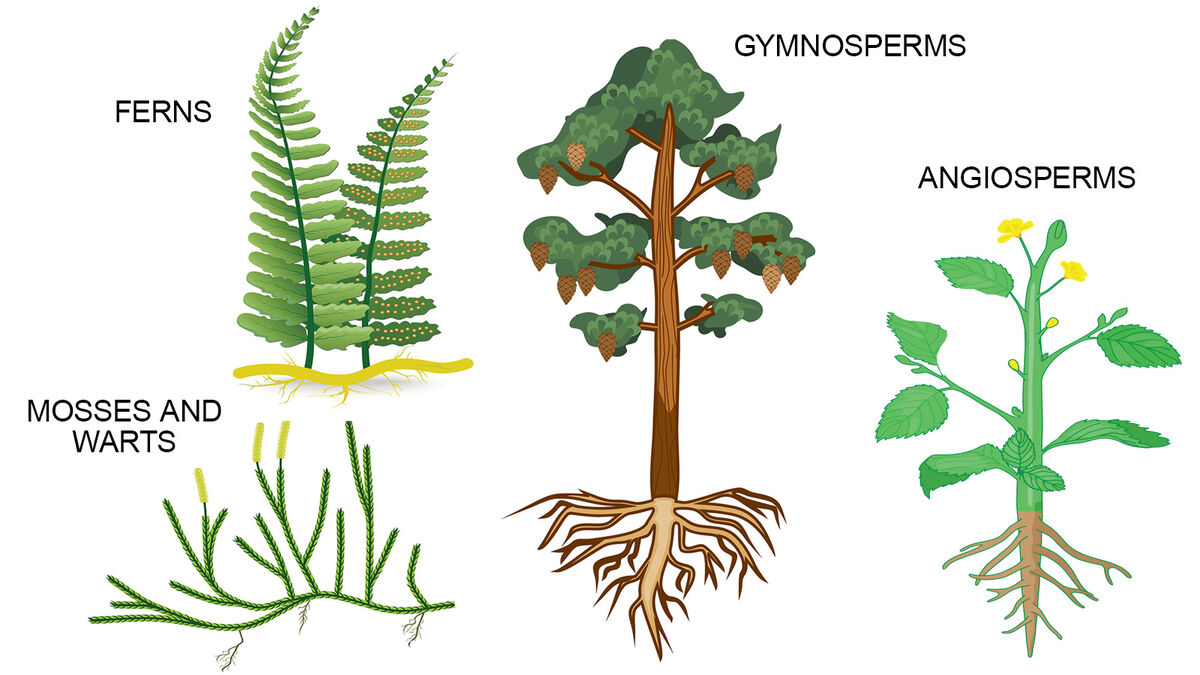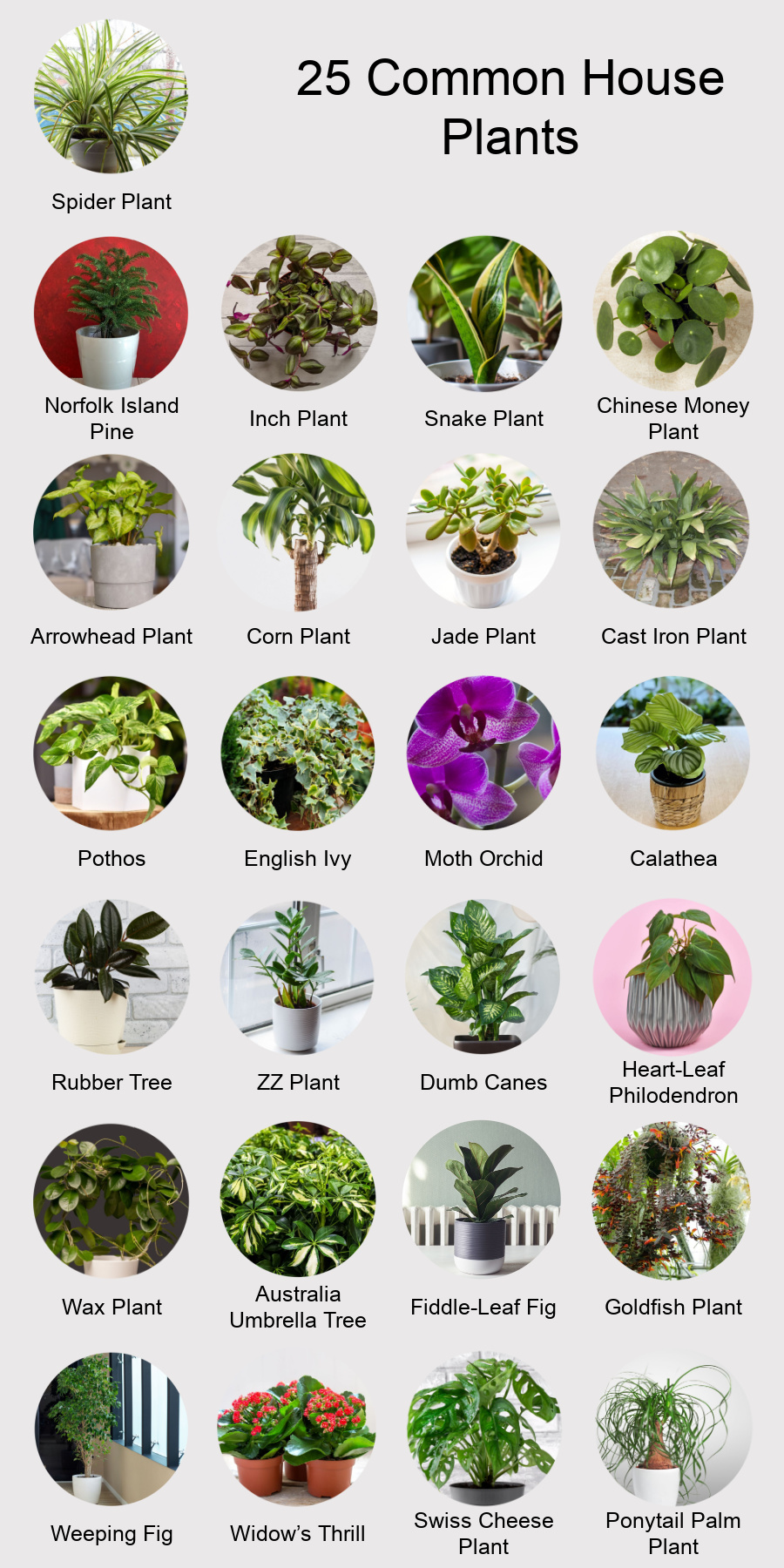“`html
The Diverse World of plant Types
The Diverse World of Plant Types
The plant kingdom is a vast and incredibly diverse realm, encompassing everything from the towering redwood trees to the microscopic algae found in pond water. Understanding the different types of plants is essential for appreciating the complexity of our ecosystems and the vital role plants play in sustaining life on Earth. This article will delve into the major categories of plants, exploring their characteristics, adaptations, and ecological significance.
Non-Vascular Plants (Bryophytes)
Non-vascular plants, also known as bryophytes, are among the most primitive plant groups. They lack the specialized vascular tissues (xylem and phloem) that transport water and nutrients in higher plants. This limitation restricts their size and distribution, typically found in moist environments. The main groups of bryophytes include:
Mosses (Bryophyta)

Mosses are small, green plants that form dense mats on soil, rocks, and trees. They lack true roots, instead relying on rhizoids for anchorage and absorption. Mosses play a crucial role in soil formation and water retention.
Liverworts (Marchantiophyta)
Liverworts are characterized by their flattened, lobed thallus (plant body). They are often found in damp, shady areas and can reproduce both sexually and asexually.
Hornworts (Anthocerotophyta)
Hornworts are distinguished by their horn-shaped sporophytes (spore-producing structures). They possess a unique symbiotic relationship with nitrogen-fixing bacteria, contributing to nutrient cycling.
Vascular Plants (Tracheophytes)
Vascular plants, or tracheophytes, possess specialized tissues (xylem and phloem) that enable them to transport water and nutrients efficiently. This adaptation has allowed them to colonize a wide range of terrestrial habitats and grow to impressive sizes. Vascular plants can be further divided into seedless and seed-bearing groups.
Seedless Vascular Plants

Seedless vascular plants reproduce via spores rather than seeds. They include:
Ferns (Pteridophyta)
Ferns are characterized by their large, feathery fronds and their ability to thrive in various environments, from tropical rainforests to temperate woodlands. They reproduce through spores produced in sori on the undersides of their fronds.
Horsetails (Equisetophyta)
Horsetails are unique plants with hollow, jointed stems and scale-like leaves. They contain silica, giving them a rough texture. They reproduce via spores produced in cones at the tips of their stems.
Club Mosses (Lycophyta)
Club mosses are ancient plants with small, scale-like leaves and creeping stems. They reproduce through spores produced in cones at the tips of their stems.
Whisk Ferns (Psilotophyta)

Whisk ferns are simple vascular plants that lack true roots and leaves. They possess photosynthetic stems and reproduce via spores.
Seed-Bearing Vascular Plants (Spermatophytes)
Seed-bearing plants, or spermatophytes, reproduce through seeds, which contain a protective embryo and a food supply. This adaptation has allowed them to dominate terrestrial ecosystems. They are divided into gymnosperms and angiosperms.
Gymnosperms
Gymnosperms are plants that produce naked seeds, meaning they are not enclosed within an ovary. They include:
Conifers (Pinophyta)
Conifers are the most diverse group of gymnosperms, characterized by their needle-like or scale-like leaves and cone-shaped reproductive structures. They include pines, firs, spruces, and redwoods.
Cycads (Cycadophyta)
Cycads are palm-like plants with large, compound leaves and cones. They are often found in tropical and subtropical regions.
Ginkgo (Ginkgophyta)
The Ginkgo biloba is the only living species in this group. It is a deciduous tree with fan-shaped leaves and is known for its medicinal properties.
Gnetophytes (Gnetophyta)
Gnetophytes are a diverse group of gymnosperms with unique characteristics, including vessel elements in their xylem. They include Ephedra, Gnetum, and Welwitschia.
Angiosperms (Magnoliophyta)
Angiosperms are flowering plants that produce seeds enclosed within an ovary. They are the most diverse and widespread group of plants, accounting for the majority of plant species on Earth. They are further divided into monocots and dicots.
Monocots (Monocotyledonae)
Monocots are characterized by having a single cotyledon (seed leaf), parallel veins in their leaves, and flower parts in multiples of three. They include grasses, orchids, lilies, and palms.
Dicots (Dicotyledonae)
Dicots are characterized by having two cotyledons, net-like veins in their leaves, and flower parts in multiples of four or five. They include roses, oaks, sunflowers, and beans.
Plant Adaptations
Plants have evolved a wide range of adaptations to survive in diverse environments. These adaptations include:
Xerophytes
Xerophytes are plants adapted to arid environments. They possess adaptations such as thick cuticles, reduced leaves, and specialized water storage tissues.
Hydrophytes
Hydrophytes are plants adapted to aquatic environments. They have adaptations such as air spaces in their tissues, reduced roots, and specialized leaves for absorbing nutrients from water.
Halophytes
Halophytes are plants adapted to saline environments. They possess adaptations such as salt glands and specialized tissues for tolerating high salt concentrations.
Epiphytes
Epiphytes are plants that grow on other plants, typically trees, for support. They are not parasitic and obtain water and nutrients from the air and rain.
Carnivorous Plants
Carnivorous plants have adapted to nutrient-poor environments by trapping and digesting insects and other small animals. They possess specialized leaves and other structures for capturing prey.
Ecological Significance of Plants
Plants play a crucial role in maintaining the balance of ecosystems. They are the primary producers, converting sunlight into energy through photosynthesis. They provide food and habitat for a wide range of organisms and contribute to soil formation and nutrient cycling. Plants also play a vital role in regulating the Earth’s climate by absorbing carbon dioxide from the atmosphere.
Conclusion
The plant kingdom is a testament to the incredible diversity and adaptability of life on Earth. From the simple mosses to the complex flowering plants, each group has evolved unique characteristics and adaptations that allow them to thrive in their respective environments. Understanding the different types of plants is essential for appreciating the complexity of our ecosystems and the vital role plants play in sustaining life on Earth. As we continue to explore and study the plant kingdom, we gain a deeper understanding of the interconnectedness of all living things and the importance of preserving plant biodiversity for future generations.
“`
